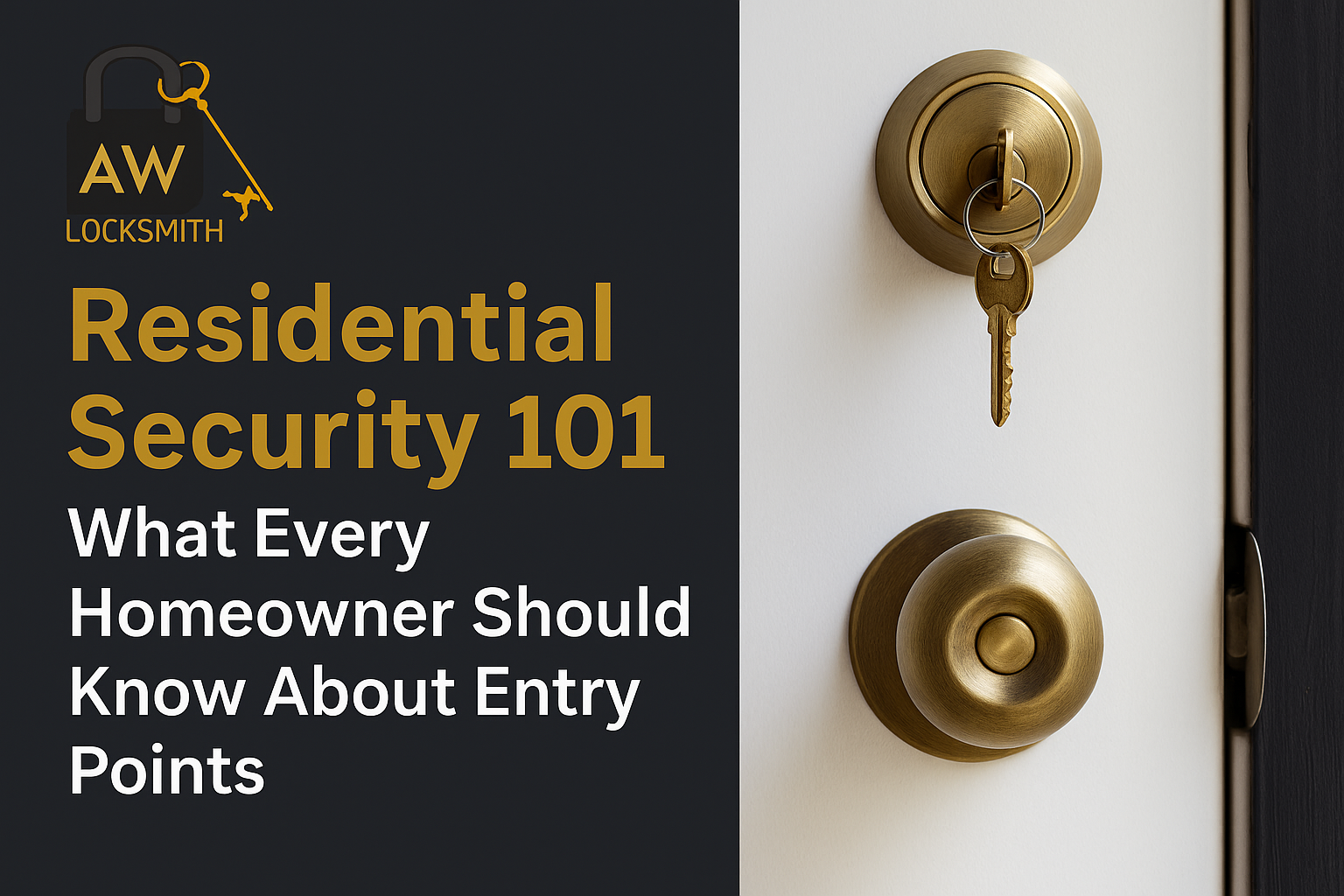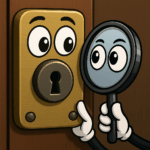When it comes to protecting your home, the first and most important place to look is your entry points — doors, locks, frames, and hardware. It’s not just about having security devices; it’s about how well your home’s physical barriers actually perform under pressure.
Whether you’re a first-time homeowner or have lived in your house for 20 years, this guide will walk you through the essentials of residential entry point security — with no fluff and maximum impact.
Why Entry Points Are Your Home’s First Line of Defense
The majority of home break-ins are not high-tech. They’re simple.
- 34% of burglars enter through the front door
- 23% enter through first-floor windows
- 22% find access through a back door
These aren’t forced entries in most cases — they’re opportunities created by poor locking habits, weak door hardware, or structural gaps.
“It’s not just about keeping people out. It’s about making sure you can get out safely, too.”
The Big 3 Every Homeowner Should Know
1. Locking Isn’t a Suggestion — It’s a Habit
One of the most overlooked elements of home security is consistency. Your deadbolts can’t protect you if they’re not engaged.
- Lock your doors even when you’re home
- Check that deadbolts fully extend and align with the strike plate
- Get in the habit of a nightly lock check
🛠️ Tip: Modern smart deadbolts allow you to check and lock remotely. But even a basic keyed deadbolt, when used consistently, is a powerful deterrent.
2. Your Door Frame Might Be Weaker Than You Think
Many homes — especially older or builder-grade ones — have door frames anchored with short screws into soft wood. That means a good kick can compromise the entire door.
Upgrade to:
- 3” screws in the strike plate and hinges
- Heavy-duty deadbolt strike plates
- Solid-core or metal-clad exterior doors
Pennsylvania, like many states, doesn’t regulate residential door hardware — meaning it’s up to the homeowner to ensure your system is strong and up to date.
3. The Garage is the Most Forgotten Entry Point
Detached or attached, garages are often neglected in home security planning.
- Use a deadbolt or slide bolt on the interior garage door
- Never leave your garage remote in an unlocked car
- Reinforce access doors with the same strength as your main entry
Residential Door & Lock Safety Checklist (Free Download)
Want a simple way to audit your own home security? Download our Residential Entry Point Checklist for a room-by-room review of your doors, frames, and locks.
This includes:
- Front door checklist
- Side/back door checklist
- Garage & interior door security
- Locking habit reminders
Drop this checklist in your kitchen drawer or use it to prep for your next move or lock upgrade.
Ready to Talk Locks?
Entry point awareness isn’t about fear — it’s about making smart, confident decisions that protect your home and everyone inside it.
If something feels off — a sticky deadbolt, a loose knob, or a door that doesn’t latch right — it’s worth a second look.
Call us at 484-620-3047 to schedule an appointment. We’ll help you stay proactive, not reactive.





0 Comments